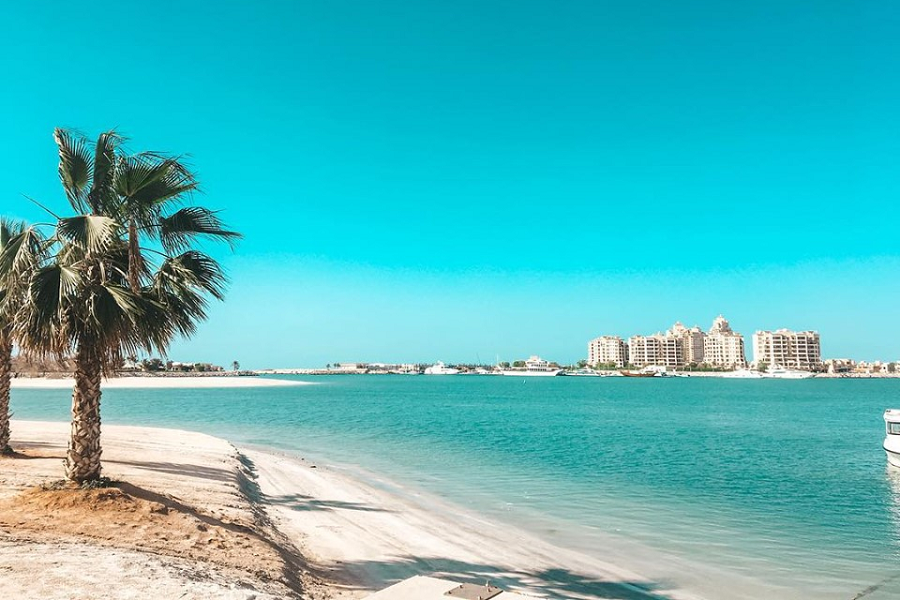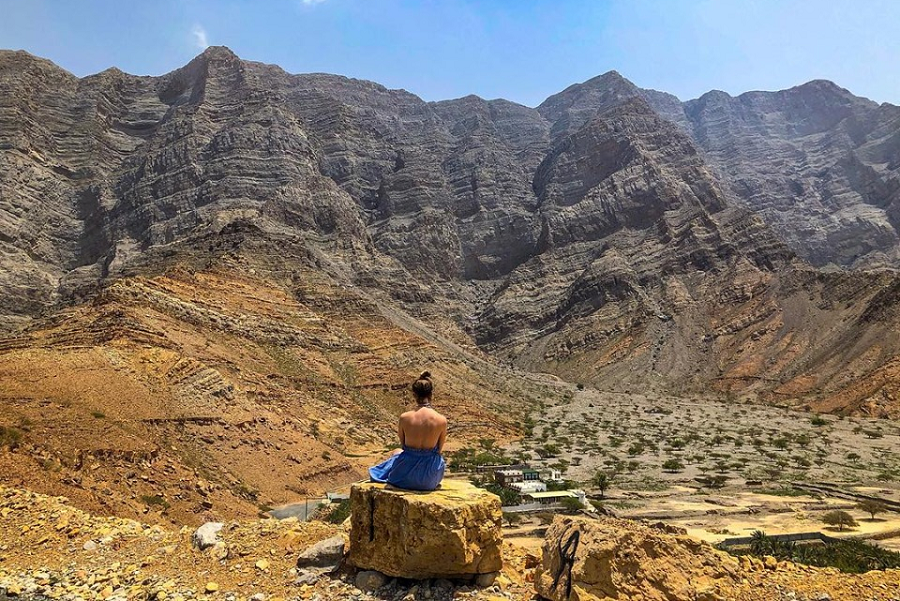In recent years, economic development in the United Arab Emirates has been the topic of countless news headlines and editorial opinions published by business news publications, and they mostly focus on Dubai, the most populous political division in the country. The spotlight on this emirate has been well-deserved; after all, we have fallen in love with Dubai’s amazing architecture, its ambitious architecture, and with its great push towards attracting business enterprises from around the world. The more we learn about Dubai, however, the less we get to know about the other six emirates in this prosperous Arab nation, and we should not overlook Ras Al Khaimah, a business and tourism jewel that has been steadily glowing since the late 1980s.
Located in the northeastern region of the UAE, bordering the Musandam territory of Oman and just south of the Strait of Hormuz, the Emirate of Ras Al Khaimah occupies just over percent of the country’s landmass. With a population of about 417,000 full-time and seasonal residents, things are not as hectic in RAK as they are in Abu Dhabi or Dubai; nonetheless, the business and tourism statistics in this part of the world speak for themselves, and now is a great time to learn about this part of the world.
The Tourism Boom of Ras Al Khaimah
Without taking anything away from the rest of the UAE, the reality of Ras Al Khaimah is that it is a very pretty emirate. Prior to becoming part of the UAE in 1972, RAK was an independent sheikdom that endured periods of maritime conflict and piracy in the Persian Gulf during the latter years of the 19th century, but the history of Julfar, as this region was once known, dates back more than 7,000 years. Researchers have counted more than a thousand sites of archaeological interest, many of them with several millennium’s worths of antiquity.
To a certain extent, RAK has always enjoyed scientific and research tourism because of its rich history and archaeology; moreover, adventurers have been drawn to the gorgeous landscapes of Jebel Jais, a mountainous region so magnificent that it will convince you of Allah’s greatness with every visit. Other international visitors included crew members coming ashore from their cargo ships, and they certainly enjoyed the miles of white sandy beaches, but between sailors, researchers and mountain hikers, not that many tourists were aware of RAK until a couple of decades ago.
In 2019, a report from the Ras Al Khaimah Tourism Development Authority indicated that the emirate had welcomed more than a million tourists during the previous year, a figure that officials noted was in line with their projections. More than 35 percent of these visitors are residents of other emirates, and this is not surprising because this is a segment that RAK tourism officials have been actively targeting; interestingly, many of them are foreign workers from Dubai, which is less than an hour away.
For their next objective, RAK tourism officials hope to attract 1.5 million visitors by the year 2021, and there is a great potential that they will meet this goal. Thanks to a regional climate that is far more pleasant than Dubai and other spots along the Persian Gulf, investors have been busy developing all-inclusive resorts that cater to families, and global marketing campaigns have been targeting affluent visitors who seek more authentic travel experiences.
The Economic Boom of Ras Al Khaimah
Before tourists discovered RAK, business and political leaders were paying close attention to what was happening in Dubai with regard to business development. It should be noted that Dubai and Abu Dhabi have an economic advantage in terms of oil production, something that Ras Al Khaimah lacks. When Dubai’s rulers realized that depending solely on non-renewable energy sources was not a sound economic model, they started diversifying their business endeavors and attracting foreign investors. In RAK, members of the royal family realized that this was a good business model to follow, but they had to start without the benefit of oil riches.
When you visit the RAK government information website, the page about Sheikh Saud bin Saqr al Qasimi will inform you of the many accomplishments of this political leader, but there are some other things worth learning in this regard. His Highness is an economics graduate from the University of Michigan; his first brush with government administration dates back to 1979, but it wasn’t until 1986 when he became Chairman of the Ras Al Khaimah Municipal Council, that he was able to execute on his economic vision.
Sheikh Saud bin Saqr is a leader who believes that national development should follow a parallel track of business and community empowerment; to this effect, his initial plan for national industry, RAK Ceramics, was augmented by an ambitious educational project that was followed with a public healthcare initiative. After this solid first step, His Highness was inspired by the massive free trade zones of countries such as Brazil to develop similar models in RAK, which have been very successful.
Economic reforms and public welfare initiatives have been at the forefront of His Highness’ development plans for RAK. The efforts have paid off, but they have required careful handling. As previously mentioned, RAK does not have the vast cash reserves of Dubai; for this reason, the emirate had to resort to sovereign debt obligations, but they have been skillfully handled in recent decades.
RAK enjoys a superb credit rating in 2019, and its economic outlook is stable. It remains to be seen if Ras Al Khaimah will ever capture the spotlight in the dramatic manner Dubai has, but this may not be what the emirate wants. The good people of RAK certainly want tourism and business development to continue rising, but they also enjoy living in a more low-key emirate where quality of life is more important than an imposing skyline. The pace of development under Sheikh Saud bin Saqr is adequate, and this suits the more relaxed lifestyles of RAK residents.



